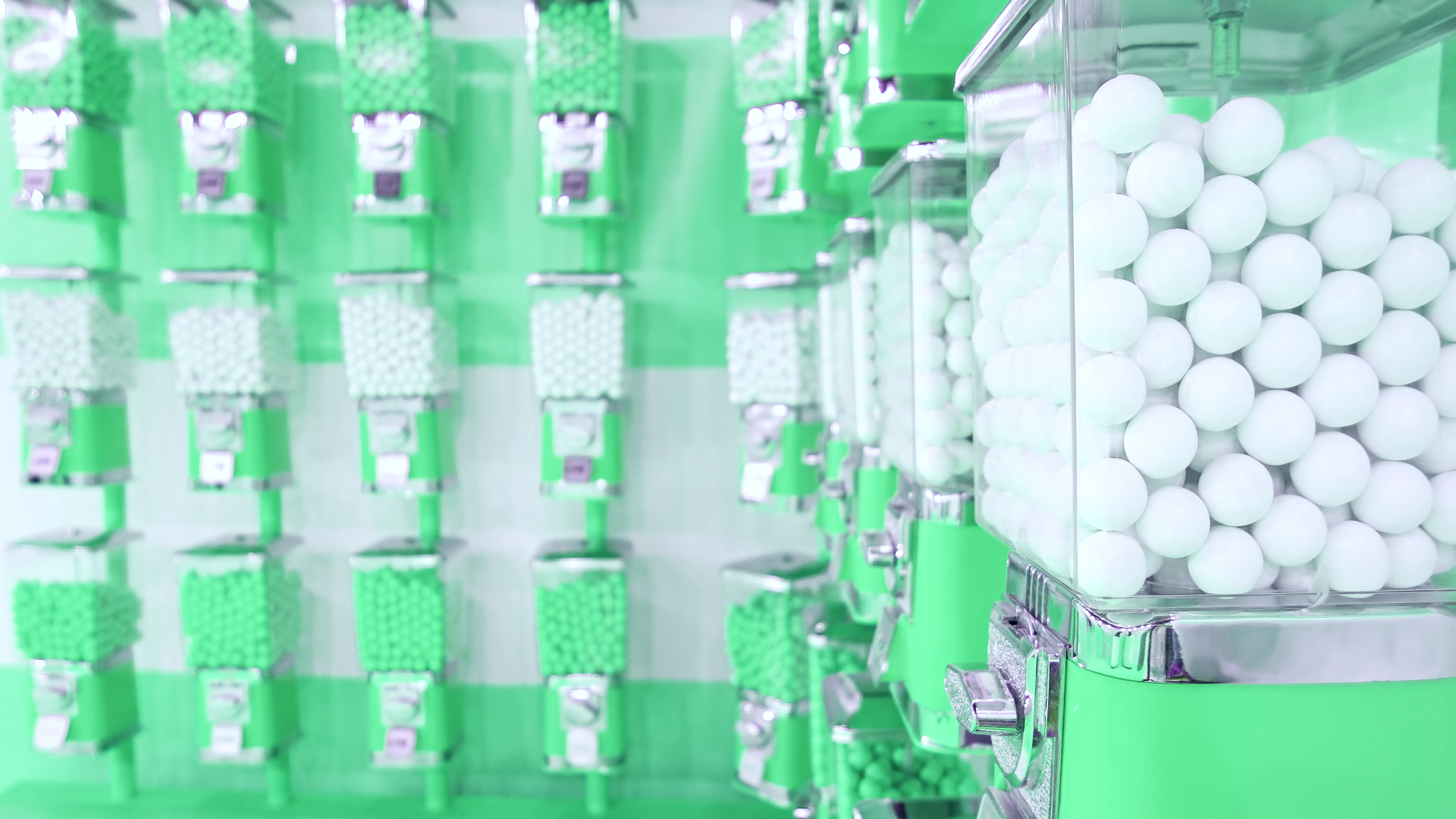Chewing gum, the sticky bane of sidewalks and park benches across the globe, now has biodegradable ingredients to rival stubborn oil-based synthetics.
Turns out the asymmetrical spots we see every day squished into our sideways, public monuments, and benches, may actually outlive us if failed to be scraped away and discarded.
Everyone enjoys the 20 or so minty bites of a piece of chewing gum, before it turns into a tasteless globular mess and mild jaw ache. But if you previously thought failing to dispose of it properly was no biggie, we’re about the burst that bubble for you forever.
If, for some odd reason, you feel the compulsion to keep buying gum, we will offer up a number of readily available alternatives way more friendly for both the planet (and your gut), so don’t click away.
A quick Google search shows the polymers and synthetics found in almost all gums that keep it suitably rubbery and stop it perishing within our mouths quickly are also the reason it has become such a stubborn menace to our environment.
Baring many of the same ingredients that go into plastic bottles and bike tyres, such as polyisobutylene – which is primarily used as an engine lubricant and adhesive (yum) – gum today is recognised as the world’s second most common form of litter behind cigarette butts.
Global data shows that the amount of gum chewed in a year adds up to more than 250,000 tons of waste, with the disposal of gum at landfills in that time costing approximately $2 million USD. If that hasn’t raised your eyebrows, now consider that 80-90% of all chewing gums fails to be disposed of in any litter receptacle.












 I didn’t!! Why not go old school and get a tin of mints!
I didn’t!! Why not go old school and get a tin of mints!  Big flavour and these beauties don’t need to be thrown in the bin afterwards!
Big flavour and these beauties don’t need to be thrown in the bin afterwards! 







